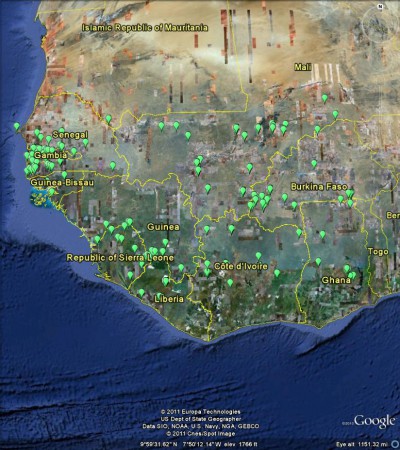Luigi rapidly found me hundreds of accessions in genebanks around the world.
Alas, Luigi was looking for the wrong thing. As Axel Diederichsen succintly explains in a comment to Jeremy’s post of a couple of days back on naked oats.
The name Avena nuda L. refers to the small naked oat, a diploid species, while the naked oat talked about in this article is hexaploid and should rather be called Avena sativa subsp. nudisativa (with quotation of the authorities it will be: Avena sativa L. subsp. nudisativa (Husnot.) Rod. et Sold.). (Reference: Kobylyansky V.D. and Soldatov V.N. 1994. Flora of cultivated plants, vol. 2 part 3, Oat. Kolos, Moscow).
I had searched for Avena nuda, not Avena sativa subsp. nudisativa. Silly me. So it’s back to Genebank Database Hell for me. Needless to say, the subsp. nudisativa is unknown to any of the genebanks I checked, but that’s ok, because the hulless trait is a state in an official characterization descriptor for oats, and GRIN in both the USA and Canada allows a search on characterization descriptor states.
So now I know there are 375 hulless accessions in the US germplasm system and 262 in Canada, in both cases out of over 10,000 Avena sativa accessions. So my original statement turns out to be still true, though rather by luck than judgement. I know what you all want is a map of where those naked hexaploid oats come from, but that’s going to be really, really tricky until Genesys imports the oat characterization data.
